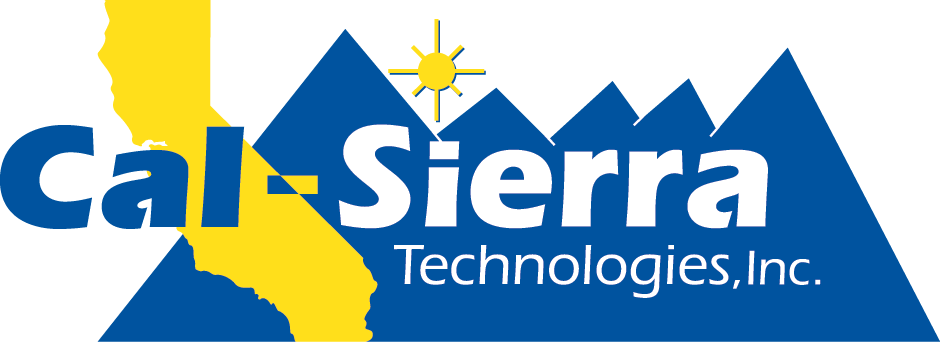We see technology improvements and updates weekly. When do you know the right time to bite the bullet and invest in the latest and greatest?
Your decision should be based on the return on investment. How will the updated technology benefit your bottom line?
- If you can increase productivity with newer devices, you can calculate a solid ROI
based on savings in labor costs. - If your legacy devices are requiring IT time that should be spent on more
important tasks, estimate the cost of the IT time spent on extending a fading
device’s waning life. It might be time to pull the plug. - If the newer technology reduces your errors, crunch the numbers for the savings
in time and money that’s otherwise spent on fixing mistakes and rebuilding
customer trust. In some cases, those errors will cost you customers altogether.
What does THAT cost you?
Trying to preserve capital while overspending on labor waste is not the right choice. Your outdated technology isn’t saving you money. It’s costing you.
An enterprise-grade rugged mobile device should last three to five years. (A consumer device has a life expectancy of six months in a challenging work environment, but that’s another discussion.) Just because the device lasts this long doesn’t mean you should let it live out its life. Look at some of the innovations we’re seeing in new technology. The TC8000 all-touch mobile computer from Zebra is a good example. This new rugged handheld computer features a unique design and a host of features that have been proven to increase productivity by 14%. That equates to gaining one hour per worker per shift. Add up those additional hours and the savings in labor costs, and factor in the additional productivity of those hours. More orders processed? Reduced downtime?
The same rugged mobile computer utilizes an all-touch keyboard that enables the user to type 40% faster with 60% fewer errors than on a computer with a traditional push-button keyboard. What’s that worth to your business? Next, think about your barcode scanners. Are your workers making multiple attempts to scan a barcode because it’s scratched, smudged, or poorly printed? Can they grab a barcode that’s covered with shrinkwrap or even frost? Do they need to climb or maneuver to scan a barcode that’s beyond the scanner’s reach? If any of these situations occur, your technology is impacting productivity, and possibly accuracy. Explore a more powerful scanner to meet your needs.
How about your printing processes? If you’re printing barcode labels on a laser printer, you’re not getting the durable quality you should. A thermal printer that’s user-friendly will save time as well as the money consumed by wasted media and the time it takes to reprint and replace barcodes.
If you’re already using a thermal printer, how is it performing? A printer that isn’t producing quality might be the result of inferior supplies. Quality labels, tags, paper, and ribbons make a big difference in the print quality and life of the printer. Buying bargain supplies will only cost you in repair, reprinting, and replacement.
Cal-Sierra Technologies understands data collection technology. We know the legacy devices and the newest advances that could drive better results. Talk to us about your current systems and equipment and let us calculate the ROI of making better choices.

